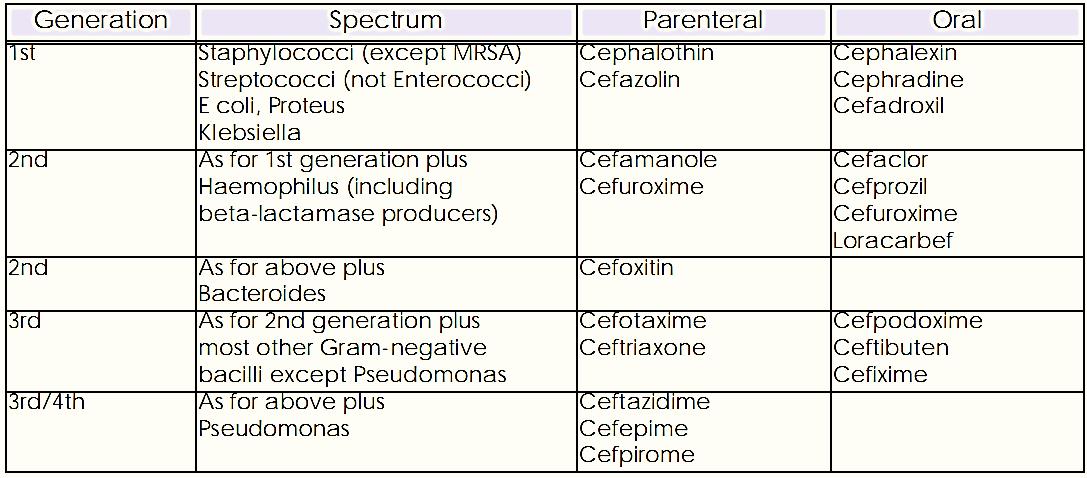

النبات

مواضيع عامة في علم النبات

الجذور - السيقان - الأوراق

النباتات الوعائية واللاوعائية

البذور (مغطاة البذور - عاريات البذور)

الطحالب

النباتات الطبية


الحيوان

مواضيع عامة في علم الحيوان

علم التشريح

التنوع الإحيائي

البايلوجيا الخلوية


الأحياء المجهرية

البكتيريا

الفطريات

الطفيليات

الفايروسات


علم الأمراض

الاورام

الامراض الوراثية

الامراض المناعية

الامراض المدارية

اضطرابات الدورة الدموية

مواضيع عامة في علم الامراض

الحشرات


التقانة الإحيائية

مواضيع عامة في التقانة الإحيائية


التقنية الحيوية المكروبية

التقنية الحيوية والميكروبات

الفعاليات الحيوية

وراثة الاحياء المجهرية

تصنيف الاحياء المجهرية

الاحياء المجهرية في الطبيعة

أيض الاجهاد

التقنية الحيوية والبيئة

التقنية الحيوية والطب

التقنية الحيوية والزراعة

التقنية الحيوية والصناعة

التقنية الحيوية والطاقة

البحار والطحالب الصغيرة

عزل البروتين

هندسة الجينات


التقنية الحياتية النانوية

مفاهيم التقنية الحيوية النانوية

التراكيب النانوية والمجاهر المستخدمة في رؤيتها

تصنيع وتخليق المواد النانوية

تطبيقات التقنية النانوية والحيوية النانوية

الرقائق والمتحسسات الحيوية

المصفوفات المجهرية وحاسوب الدنا

اللقاحات

البيئة والتلوث


علم الأجنة

اعضاء التكاثر وتشكل الاعراس

الاخصاب

التشطر

العصيبة وتشكل الجسيدات

تشكل اللواحق الجنينية

تكون المعيدة وظهور الطبقات الجنينية

مقدمة لعلم الاجنة


الأحياء الجزيئي

مواضيع عامة في الاحياء الجزيئي


علم وظائف الأعضاء


الغدد

مواضيع عامة في الغدد

الغدد الصم و هرموناتها

الجسم تحت السريري

الغدة النخامية

الغدة الكظرية

الغدة التناسلية

الغدة الدرقية والجار الدرقية

الغدة البنكرياسية

الغدة الصنوبرية

مواضيع عامة في علم وظائف الاعضاء

الخلية الحيوانية

الجهاز العصبي

أعضاء الحس

الجهاز العضلي

السوائل الجسمية

الجهاز الدوري والليمف

الجهاز التنفسي

الجهاز الهضمي

الجهاز البولي


المضادات الميكروبية

مواضيع عامة في المضادات الميكروبية

مضادات البكتيريا

مضادات الفطريات

مضادات الطفيليات

مضادات الفايروسات

علم الخلية

الوراثة

الأحياء العامة

المناعة

التحليلات المرضية

الكيمياء الحيوية

مواضيع متنوعة أخرى

الانزيمات
Cephalosporins
المؤلف:
اعداد المرجع الالكتروني للمعلوماتية
المصدر:
almerja.com
الجزء والصفحة:
24-3-2016
5781
Cephalosporins
The cephalosporins are o group of broad-spectrum antibiotics, which are conveniently grouped into 3 generations, with increasing activity against Gram-negative aerobes, and somewhat decreasing Gram-positive activity. The table below shows o simplistic grouping based on their spectra of activity.

General Notes
All are active against most streptococci, except Enterococcus spp. (which are all intrinsically resistant). importantly, they also have no activity against Listeria or methicillin-resistant staphylococci. Most penicillin-allergic patients will tolerate cephalosporins. but this group of antibiotics should be avoided if there is a definite history of anaphylaxis after penicillin administration. ln general, the third-generation cephalosporins are significantly less active against staphylococci than the first- and second generation cephalosporins.
First-generation cephalosporins
The first-generation cephalosporins are effective alternatives for treating staphylococcal and streptococcal infections. They are therefore alternatives for skin and soft-tissue infections, as well as for streptococcal pharyngitis. lt is important to stress that the members of this generation are not indicated for empiric treatment of otitis media or sinusitis. Although these agents have some activity against E. coll. Klebsiella and Proteus. their use is limited to urinary tract infections caused by susceptible strains of these organisms.
Second-generation cephalosporins
The second-generation cephalosporins have increased activity against Gram-negative bacteria, including H. influenzae, N. meningitidis and M. catarrhalis. They are therefore useful agents for treating upper and lower respiratory tract infections, sinusitis and otitis media. These agents are also active against E. coll. Klebsiella and Proteus, which makes them potential alternatives for treating urinary tract infections caused by these organisms. Cefoxitin is o second-generation cephalosporin with anaerobic activity, and although seldom used as o therapeutic agent, it may have o role for prophylaxis in gastrointestinal surgery.
Third-generation cephalosporins
The third-generation cephalosporins are active against most enteric Gram-negative organisms, including beta-lactamase producers, salmonellae and Shigella; but have less activity against staphylococci. The parenteral third-generation cephalosporins (ceftriaxone and cefotaxime) have excellent activity against most strains of Streptococcus pneumoniae, including the vast majority of those with intermediate and high level resistance to penicillin. These agents also have activity against N. gonorrhoeae. Their use should be limited to infections resistant to first choice agents, gonococcal infections and infections caused by penicillin-resistant pneumococci. Ceftazidime hos useful antipseudomonal activity.
Oral third-generation cephalosporins
Those available in South Africa include cefixime, cefpodoxime and ceftibutin. These agents have greater efficacy against Gram-negative organisms than the first- and second-generation cephalosporins, but are less effective against Staphylococcus aureus. They are also active against penicillinases-producing strains of Neisseria gonorrhoeae. They have no activity against Pseudomonas aeruginosa, enterococci or Campylobacter jejuni/coli. They offer no significant advantage over amoxycillin for otitis media and sinusitis. or over penicillin for pharyngotonsillitis. None of the oral cephalosporins are more active than amoxycillin against penicillin-resistant pneumococci.
Fourth-generation cephalosporins
These drugs have o spectrum of activity, which includes the antipseudomonal activity of Ceftazidime and the Gram-positive activity of cefotaxime and ceftriaxone. Cefepime is o more Gram-negative drug with somewhat enhanced activity against pseudomonas but slightly lesser activity against pneumococci, while cefpirome is more active against pneumococci and hos somewhat lesser activity against pseudomonas. These drugs also have activity against nosocomial pathogens such as Enterobacter and Acinetobacter and their use should therefore be restricted to the setting of nosocomial sepsis.
 الاكثر قراءة في مواضيع عامة في المضادات الميكروبية
الاكثر قراءة في مواضيع عامة في المضادات الميكروبية
 اخر الاخبار
اخر الاخبار
اخبار العتبة العباسية المقدسة

الآخبار الصحية















 قسم الشؤون الفكرية يصدر كتاباً يوثق تاريخ السدانة في العتبة العباسية المقدسة
قسم الشؤون الفكرية يصدر كتاباً يوثق تاريخ السدانة في العتبة العباسية المقدسة "المهمة".. إصدار قصصي يوثّق القصص الفائزة في مسابقة فتوى الدفاع المقدسة للقصة القصيرة
"المهمة".. إصدار قصصي يوثّق القصص الفائزة في مسابقة فتوى الدفاع المقدسة للقصة القصيرة (نوافذ).. إصدار أدبي يوثق القصص الفائزة في مسابقة الإمام العسكري (عليه السلام)
(نوافذ).. إصدار أدبي يوثق القصص الفائزة في مسابقة الإمام العسكري (عليه السلام)


















